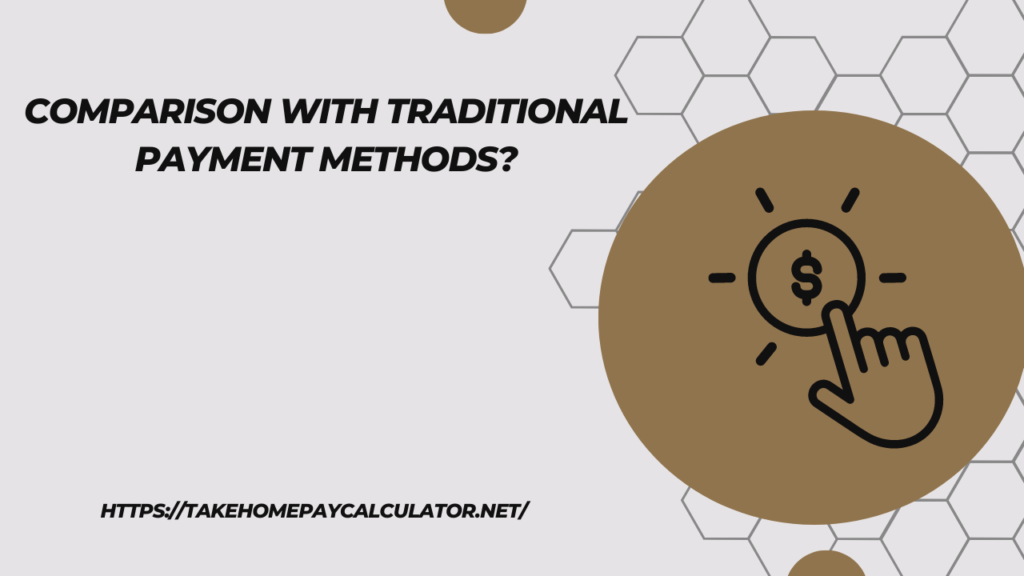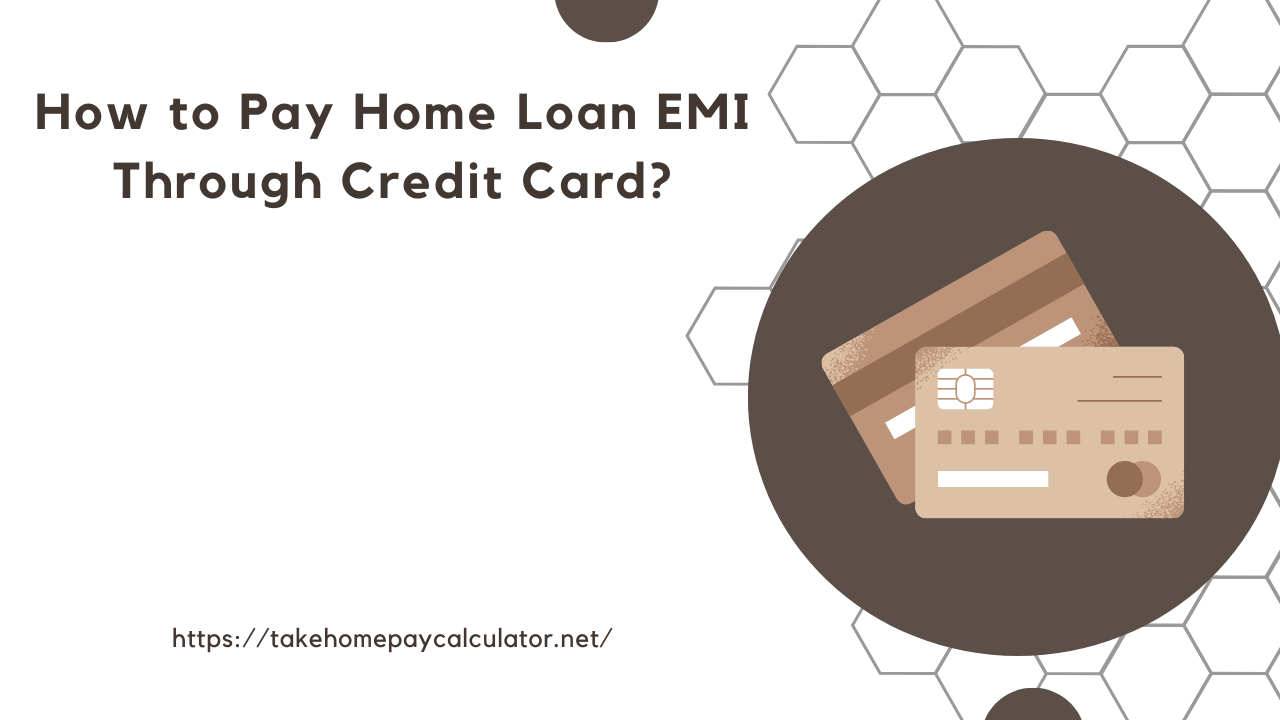Paying your home loan Equated Monthly Installments (EMIs) through credit cards is a modern financial trend gaining traction. In simple terms, a home loan EMI is a fixed payment amount made by a borrower to a lender at a specified date each calendar month. With the rise of credit card usage, individuals are exploring the convenience and benefits of utilizing this plastic money to manage their home loan repayments effectively.
Advantages of Paying Home Loan EMI through Credit Card
Paying your home loan Equated Monthly Installments (EMIs) through a credit card offers several advantages, making it an increasingly popular choice for many homeowners. Let’s explore these benefits in detail:
Cashback and Rewards
One significant advantage is the potential to earn cashback and rewards. Many credit card companies design specific programs that reward users for making various transactions, including home loan EMI payments. This turns a routine financial obligation into an opportunity to accumulate benefits, which can be redeemed for various perks, discounts, or even cash.
Convenient Payment Options
Credit card payments provide a level of convenience that traditional methods often lack. Instead of dealing with the hassle of writing cheques, visiting banks, or setting up intricate payment processes, paying your home loan EMI becomes as simple as a few clicks or a swift swipe of your credit card. This ease of transaction saves time and effort, offering a more streamlined and user-friendly experience.
Interest Rate Benefits
Certain credit cards come with special offers, including lower interest rates for specific transactions. When used for home loan EMI payments, these cards can potentially reduce the overall interest paid on the loan. This advantage not only saves money but also adds a layer of financial efficiency to your repayment strategy.
Risks and Considerations
While paying your home loan Equated Monthly Installments (EMIs) through a credit card presents various advantages, it’s crucial to consider the potential risks and take certain precautions. Here are the key risks and considerations associated with this financial practice:
Interest Rates on Credit Cards
One significant consideration is the interest rates charged on credit cards. Credit cards frequently come with interest rates that are higher when juxtaposed with the interest rates on home loans. If not managed carefully, the cumulative interest on credit card transactions can offset the benefits gained from rewards or cashback. It’s essential to be aware of the interest structure and potential financial implications.
Potential Impact on Credit Score
Regular use of credit cards for significant transactions, such as home loan EMI payments, can have an impact on your credit score. While timely payments can positively contribute to your credit history, a high credit utilization ratio or missed payments may adversely affect your creditworthiness. Monitoring your credit score regularly is crucial to address any negative trends promptly.
Hidden Charges
Credit card transactions may come with hidden charges that could accumulate over time. These charges may include transaction fees, processing fees, or other costs that might not be immediately apparent. It’s essential to review the terms and conditions of both your credit card and home loan agreement to understand any potential hidden charges associated with using a credit card for EMI payments.
Step-by-Step Guide to Paying Home Loan EMI with a Credit Card
Navigating the process of paying your home loan Equated Monthly Installments (EMIs) through a credit card requires careful attention and adherence to specific steps. Here is a step-by-step guide to help you seamlessly make these transactions:
Checking Eligibility
Before initiating the process, verify whether both your credit card issuer and home loan provider permit credit card payments for home loan EMIs. Some institutions may have specific eligibility criteria or restrictions that you need to be aware of.
Contacting the Bank
Reach out to both your credit card issuer and home loan provider. Understand the process, terms, and any prerequisites for initiating credit card payments. This step ensures that you have a clear understanding of the requirements and procedures involved.
Setting Up Auto-Debit
Consider setting up an auto-debit feature for your credit card payments. This ensures that the EMI amount is automatically debited from your credit card on the scheduled due date. Auto-debit minimizes the risk of missing payments and helps you maintain a consistent repayment schedule.
Understanding Terms and Conditions
Thoroughly review the terms and conditions associated with paying home loan EMIs through your credit card. This includes understanding any fees, charges, or special conditions that may apply. Clear comprehension of these details will prevent any surprises or unexpected costs.
Ensuring Sufficient Credit Limit
Check your credit card’s available limit to ensure it can accommodate your home loan EMI. Being mindful of your credit limit helps avoid transaction declines and associated penalties. If needed, contact your credit card issuer to inquire about increasing your credit limit.
Comparison with Traditional Payment Methods

When considering how to pay your home loan Equated Monthly Installments (EMIs), it’s essential to compare using a credit card with traditional payment methods. Let’s examine the advantages and disadvantages of each to assist you in making a well-informed decision:
Traditional EMI Payment Methods
Direct Debit:
- Pros: Automatic and reduces the risk of missed payments.
- Cons: Limited flexibility, and changes may require manual intervention.
Post-Dated Cheques:
- Pros: Provides a physical record of payments.
- Cons: Prone to errors, requires manual effort, and lacks the convenience of digital transactions.
Online Bank Transfers:
- Pros: Convenient and offers some automation.
- Cons: May involve transaction fees, and the process might vary among banks.
Credit Card Payments
Convenience:
- Pros: Offers a hassle-free, online payment process with a few clicks or swipes.
- Cons: Requires vigilance to avoid overspending on the credit card.
Rewards and Cashback:
- Pros: Potential for earning rewards or cashback on credit card transactions.
- Cons: Benefits may vary based on the specific credit card and program.
Interest Rate Benefits:
- Pros: Some credit cards offer lower interest rates for specific transactions.
- Cons: The overall interest rate on credit cards is generally higher than home loan rates.
Pros and Cons
Traditional Methods:
- Pros: Established and widely accepted.
- Cons: May lack the convenience and potential benefits offered by credit cards.
Credit Card Payments:
- Pros: Convenience, potential rewards, and lower interest rates in specific cases.
- Cons: Higher overall credit card interest rates and the need for responsible credit card usage.
Considerations
Cost-Efficiency:
- Traditional Methods: May be cost-effective but lacks potential benefits.
- Credit Card Payments: May have higher interest rates, but rewards and cashback can offset costs.
Convenience:
- Traditional Methods: Established but may require manual effort.
- Credit Card Payments: Offers a seamless and quick process.
Rewards and Benefits:
- Traditional Methods: Generally lack additional rewards.
- Credit Card Payments: Potential for rewards and cashback.
Tips for Efficient and Responsible Usage
Certainly! Here are detailed tips for efficient and responsible usage:
Manage Credit Card Limits:
- Regularly assess your credit card limits.
- Avoid exceeding the assigned limit to prevent penalties and maintain a positive credit profile.
Budget for Repayments:
- Incorporate your home loan EMI into your monthly budget.
- Ensure sufficient funds are allocated to cover the credit card repayment without compromising other financial obligations.
Regularly Check Credit Card Statements:
- Monitor your credit card statements frequently.
- Scrutinize transactions to identify any discrepancies or unauthorized charges promptly.
Understand Reward Programs:
- Familiarize yourself with your credit card’s reward programs.
- Maximize benefits by using the card strategically for home loan EMI payments and other eligible transactions.
Set Payment Reminders:
- Utilize payment reminder features provided by credit card apps or set personal reminders.
- Ensure timely payments to avoid late fees and maintain a positive credit history.
Emergency Fund Preparation:
- Maintain an emergency fund separate from your credit card limit.
- Use credit cards for planned expenses, and rely on your emergency fund for unexpected financial needs.
Optimize Cashback Opportunities:
- Explore cashback offers and incentives provided by your credit card.
- Align your spending to maximize cashback rewards and offset costs.
Review Credit Score Regularly:
- Access your credit score regularly through reputable platforms.
- Stay informed about your creditworthiness and take corrective actions if needed.
Avoid Minimum Payments:
- Strive to pay more than the minimum amount due on your credit card.
- Minimize interest accrual and expedite the repayment process.
Utilize Grace Periods:
- Leverage the grace period offered by credit cards.
- Pay off your balance within this period to avoid accruing interest.
Conclusion
In conclusion, paying your home loan EMI through a credit card can be a strategic financial move if done responsibly. It offers convenience, rewards, and potential interest rate benefits. However, it’s crucial to be aware of the associated risks, including higher interest rates and potential impacts on your credit score. Before making this financial decision, carefully weigh the pros and cons, considering your financial situation and goals.

